
Nathanael Gutierrez
Software Engineer

Software Engineer
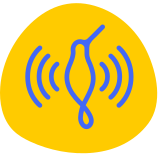
Kolibri
I am a contributor to Kolibri, an open-source, offline-first platform for teaching and learning with technology without requiring the Internet. The project uses a Vue.js front-end with a Django backend.
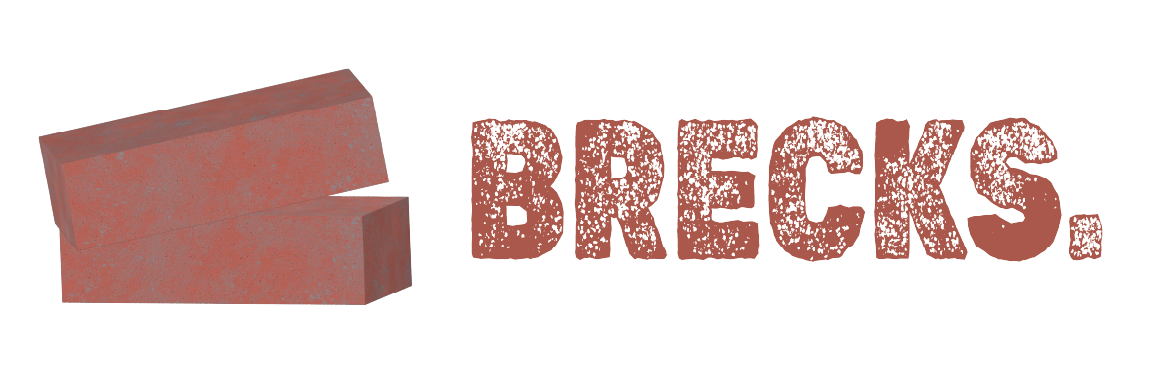
BRECKS
BRECKS is a full stack web application created to help construction firms manage their daily operations at their job sites. Using BRECKS, firms can track the man-hours spent at their job sites each day, what materials were needed, which visitors were on site, and when the projects were on hold or completed. The BRECKS project uses Next.js + React for the front-end, a Java-based RESTful API service using the Spring framework, both relational and NoSQL databases, and S3-compatible document storage.
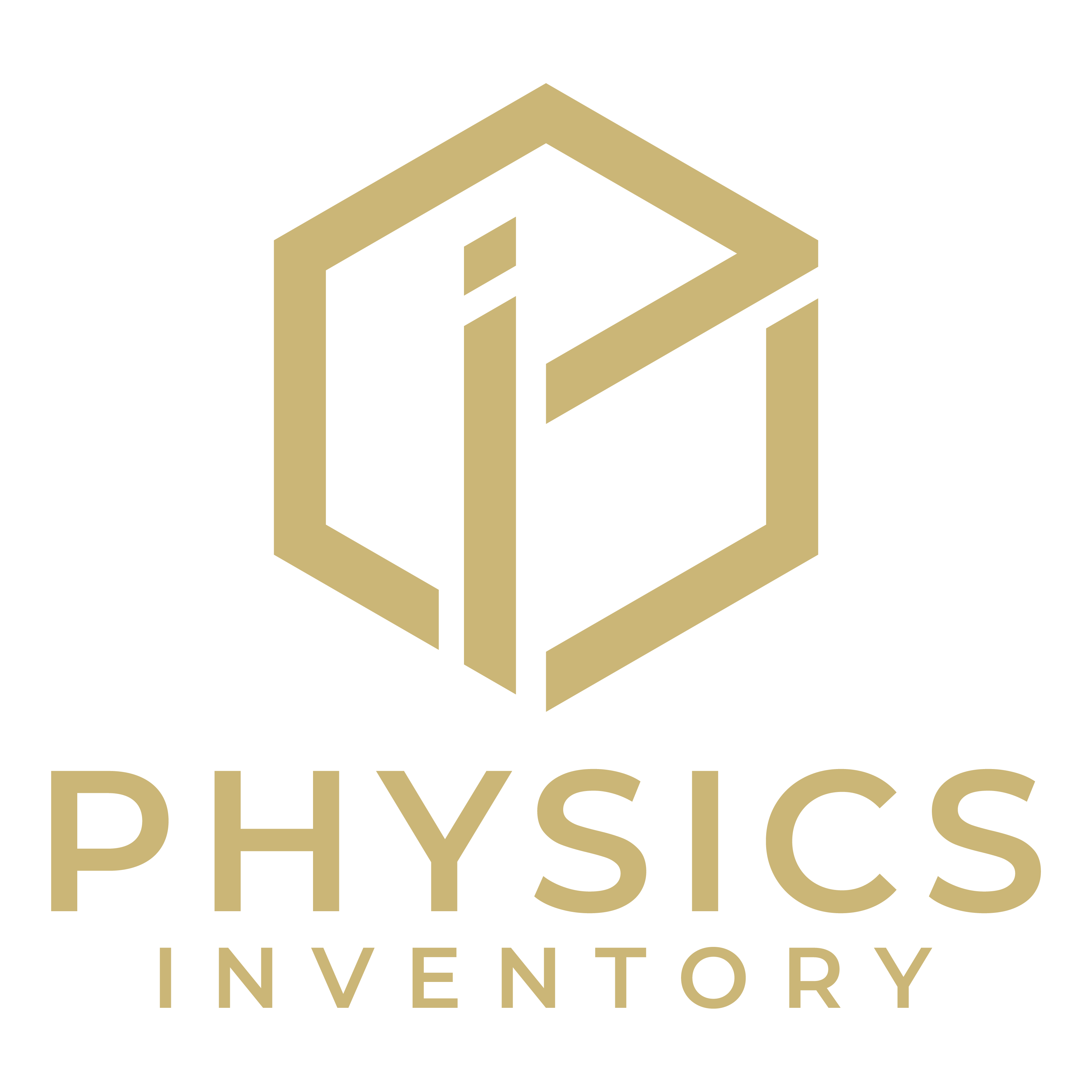
Physics Inventory
The Physics Inventory app is a desktop application for tracking equipment and resources within Andrews University's Physics Department. Originally built in 2016 using Java and JavaFX, the application has been modernized with React, TypeScript, Go, and the Wails framework to provide a better user experience while maintaining the same core functionality. The system allows physics professors and teaching assistants to manage equipment inventory, track item locations, schedule maintenance, and coordinate laboratory activities across multiple courses.
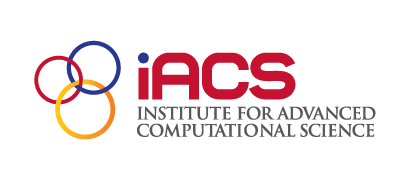
Simulations of Type Iax Supernovae Undergoing Subsonic Burning
In an Astronomical study of simulations of Type Iax supernovae undergoing subsonic burning, I developed, parallelized, and improved a number of programs used to analyze the results of the simulations. Using a round-robin-esque parallelization algorithm, I was able to achieve a 92.5% improvement in the runtime over the original analysis scripts. The improved scripts allowed the team to analyze terabytes of simulation data much faster than before. The results of the study were published in The Astrophysical Journal.
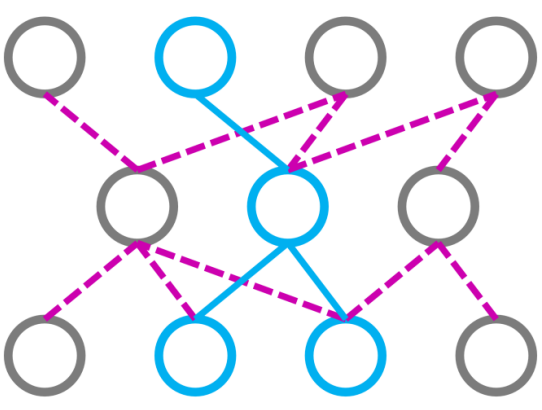
Neuro-Inspired Stability-Plasticity Adaptation for Continual Learning
The NISPA architecture is a neural network designed for task-incremental learning. The network randomly selects a number of neurons to be preserved (or plasticized), and rewires the network so that only non-plastic neurons are affected by subsequent training. I worked on an approach to improve the network by implementing a selection algorithm that identifies low importance neurons, restores plasticity to them, and rewires them, thereby expanding the capacity of the network between incremental learning phases.